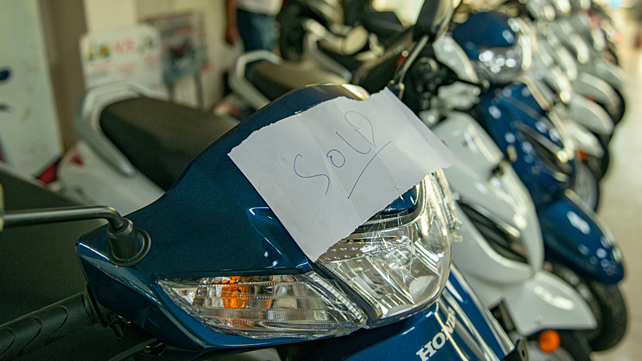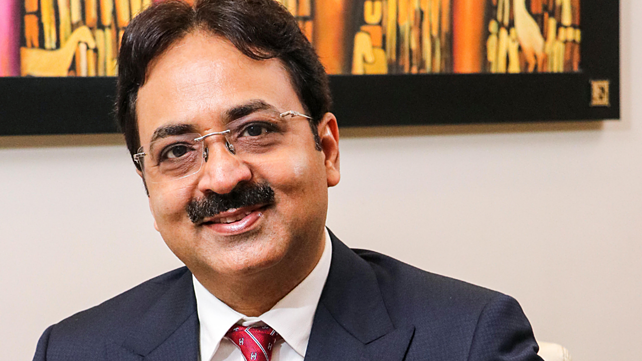
After the mayhem caused by the second wave of COVID-19 in Q1 FY22, July has brought some cheer to Motown dealers as auto retail sales climbed up by 34.12% at 15,56,777 units against 11,60,721 units in July 2020, as per the data released by the Federation of Dealership Association (FADA).
The surge in auto retail sales is due to the low base effect and revival in economic activity, which was curbed due to lockdown in earlier months.
In terms of the categories, two-wheeler sales rose by 28%, three-wheeler posted a robust growth of 83%, passenger vehicle sales increased by 63%. While commercial vehicle sales saw a rise of 166% and tractor sales maintained their momentum with 7% growth.

On the July auto retail performance, Vinkesh Gulati, President, FADA, said that with the entire country now open, July continues to see a robust recovery in auto retails as demand across all categories remains high. The low base effect also continues to play its part.
“With all categories in green, CV’s continue to see an increase in demand, especially in M&HCV segment with the government rolling out infrastructure projects in many parts of the country. PV’s witness high demand, especially with the buzz around new launches and compact SUV segments. The waiting period due to supply-side constraints have been persisting for quite a few months and is now becoming a deep routed issue for OEMs,” he added.
| Category | July 2021 | July 2020 | %Change |
| Two Wheelers | 11,32,611 | 8,87,937 | 27.56 |
| Three Wheelers | 27904 | 15244 | 83.05 |
| Passenger Vehicles | 2,61,744 | 1,60,681 | 62.90 |
| Tractors | 82,388 | 77,257 | 6.64 |
| Commercial Vehicle | 52130 | 19602 | 165.94 |
| Total | 15,56,777 | 11,60,721 | 34.12 |
Though the two-wheeler segment continues to see buoyant demand YoY, the recovery rate remains sluggish as customers at the bottom of the pyramid suffer from poor disposable income and rural markets where COVID cases were high during the second wave, he asserted.
According to FADA, auto retails have now started narrowing the deficit when compared to pre-COVID months. For example, compared to July’19, the gap reduced to low double digits of minus13%. Moreover, with tractor retails already above pre-covid levels during the last month, passenger vehicles for the first time have reached the same by growing 24%.
Outlook
The month of August begins on a positive note as demand and inquiry levels continue to improve across all categories.
With IMD forecasting a normal monsoon during the August- September period, sowing will gradually pick up. This will have a rub-off effect on rural sales, especially in the Tractor segment.
Gulati added that the global semiconductor shortage is now becoming a deep-rooted problem for the PV segment above the pre-pandemic mark.
FADA has been raising a red flag for quite some time on demand-supply mismatch. In an internal survey conducted by FADA, 60% of dealers of the PV segment said that they have at least two months waiting period for select variants. Furthermore, 35% of dealers said that the waiting period is more than four months among select variants.
Gulati is cautious about the third wave; if the delta variant of COVID goes out of proportion, it can be another deterrent and put brakes on auto retail’s recovery when India is entering the festive season months, he added.
Inventory at the end of July’21
o Average inventory for Passenger Vehicles ranges from 30-35 days.
o Average inventory for Two-wheelers ranges from 20-25 days.